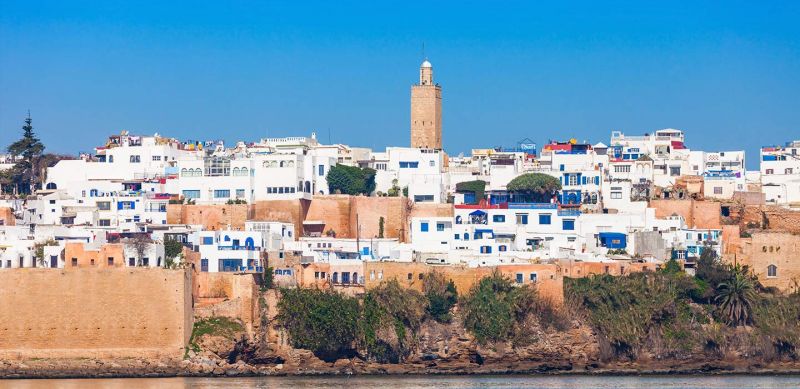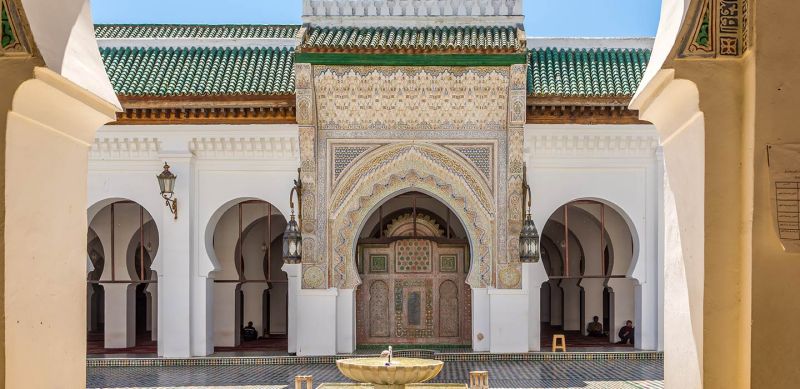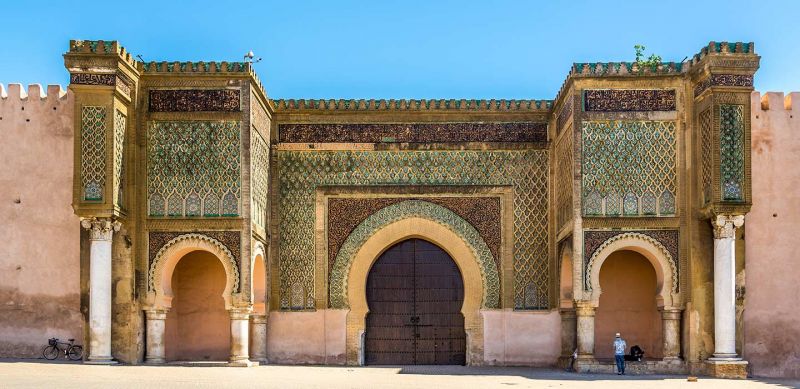The Gate (Bab) of Mansour
Welcome to the major landmark and one of the most important sightseeing you would not love to miss in your Morocco Vacations, Heres Bab Mansour Gate is one of the most beautiful on the continent, and one of the most important sites in Meknes. It was built at the beginning of the 18th century and completed in 1732.
Ready to discover the treasure of Bab Mansour gate in Meknes?....
Meknès, The City of Hundred Minaret
Meknès is one of the four Imperial provinces of Morocco, lies in the northern central region, and the sixth-largest city by population in Morroco. Meknès's name is derived from Miknasa, an Amazigh tribe and the word Meknès means the head of the tribe. It was founded in the 11th century by Almoravids, a Muslim Berber dynasty.
Meknes is fortified with walls spanning 40 kilometers interspersed with a series of towers and doors east of the Old City, surrounded by the foothills of Atlas and Zerhoun Mountains. The City became the capital of Morocco and bears highly valued historical and Touristic monuments constructed under the rule of Sultan Moulay Ismail Ibn Sharif son of the founder of the Alaouite dynasty, back to (1672–1727) the 17th-century. Moulay Ismaïl turned Meknes into an impressive Spanish-Moorish architectural style, surrounded by high walls with great doors, where the Islamic and European styles of the 17th century meet.

Gates and Fortifications of Meknès

The Gate (Bab) of Al Mansour
Bab Al Mansour Gate was named after El-Mansour, a Christian renegade who converted to Islam. The 16 meters Gate was designed as a horseshoe-arched gate and its 52-foot-high wooden doors are located off the sprawling el-Hedim square. The architectural element decorated with Arabic calligraphy translates as “I am the most beautiful gate in Morocco. I’m like the moon in the sky. Property and wealth are written on my front.”. The decorative elements featuring Almohad patterns, zellij mosaics of excellent quality, marble columns were taken from the Roman ruins of Volubilis (Walili), the great monument of the Roman civilization. Wondering in Meknès, visit another structure by Moulay Ismail for his army, Hedim Square, the large square located in the heart of the city.

Additionally, The Mausoleum of Moulay Ismail with its panoramic view, architectural elements that give an imperial presentation of the north African art with mosaics surrounded by Quranic, poetic, and Arabic calligraphy as a main decorative element over a geometric and floral background. The prison of Qara/Cara also attributed to the reign of Moulay Ismail, executed by a Portuguese architect who built it as a swap for his freedom. Another memorial building for Moulay Ismail, The Dome of Ambassadors, where he used to meet the representatives of the diplomatic missions. The remains of Great water tank - cistern built in the Moulay Ismail era, Sahrij Souani, that was affected by the earthquake that hit Meknes in 1755.
